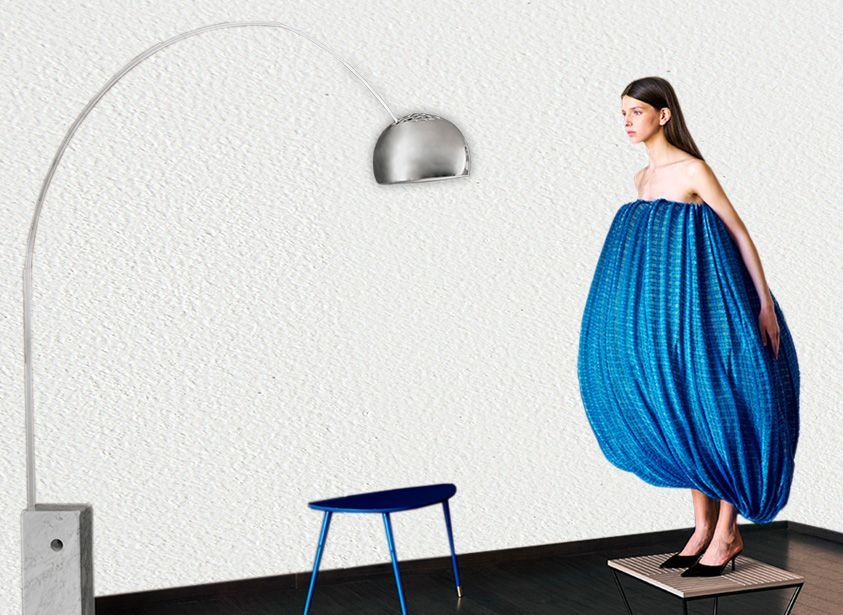What does an Industrial Designer do?

Interested in pursuing a career as an Industrial Designer? Discover how with professional training from Domus Academy!

Becoming an Industrial Designer requires solid preparation, pronounced creativity, and continuous adaptability to the needs of an ever-evolving market. But who is the Industrial Designer, and what do they do? This professional figure helps shape our daily environment through the design of objects that not only meet functional needs but also tell stories of innovation and cultural and social language.
Indeed, the Industrial Designer plays a fundamental role in altering the surrounding environment through the design of objects and products that harmoniously and practically combine form, technology, and functionality. The skills and educational steps necessary to pursue a successful career in this field of industrial design are numerous, due to the importance of this role within the broader context of engineering and industrial marketing.

To become an Industrial Designer, the first piece of advice is to pursue university education in industrial design or related disciplines such as architecture or engineering. A degree provides the necessary theoretical foundations, while internships and practical projects offer concrete opportunities to apply acquired knowledge and create your own portfolio.
Specialising in specific sectors, such as Computational Design, Digital/Physical Fabrication, or Augmented Reality, can add value to professional preparation.
An Industrial Designer must possess multidisciplinary personal skills ranging from creativity to technical drawing, to communication. The ability to draw and communicate ideas effectively is essential, as is in-depth knowledge of materials, technologies, and ergonomics. Collaborating with other professionals, such as architects and engineers, requires an understanding of the different disciplines involved in the industrial design process.
A successful Industrial Designer must also be able to interpret design trends and anticipate the market’s future needs. The ability to analyse and understand the changing dynamics of the world of work is crucial for creating products that not only meet current needs but also project into a constantly evolving future. Flexibility in performing multidisciplinary tasks, listening to users, and adaptability to industry demands are distinctive qualities of a successful Industrial Designer.
The Industrial Designer leverages a wide range of software for design and modeling. CAD (Computer-Aided Design) tools are essential for turning ideas into tangible projects, while rendering software allows for realistically visualising the final outcome. Mastery of tools like Rhino, Keyshot, SolidWorks, Fusion 360, and Adobe Creative Suite is quite common among successful industrial designers.
An Industrial Designer can work in various contexts, including offices, design studios, manufacturing companies, or in collaboration with architects and engineers.
This profession is particularly required in sectors like lighting (designing lamps and lighting fixtures for homes or offices) and furniture. The ability to perform multidisciplinary tasks and adapt to market trends is essential for a good industrial designer, who aims for success and a stable position in the world of work.
The Industrial Designer can develop their skills within the Master in Product Design.
The Master in Product Design combines an interdisciplinary and intercultural approach, collaborating with leading companies in the fields of design, engineering, and business to integrate design, technology, and innovative methods of realization.
Through exploring new territories, students gain a deep understanding of the current industrial landscape, enhancing their ability to anticipate future market needs by conceiving visionary design solutions.
Thanks to close collaboration with specialised companies and practical and theoretical knowledge of materials and technologies, students acquire skills ranging from design to product management itself.
Students completing the degree embark on careers within prestigious design studios and established industry companies or decide to found their own brand.





